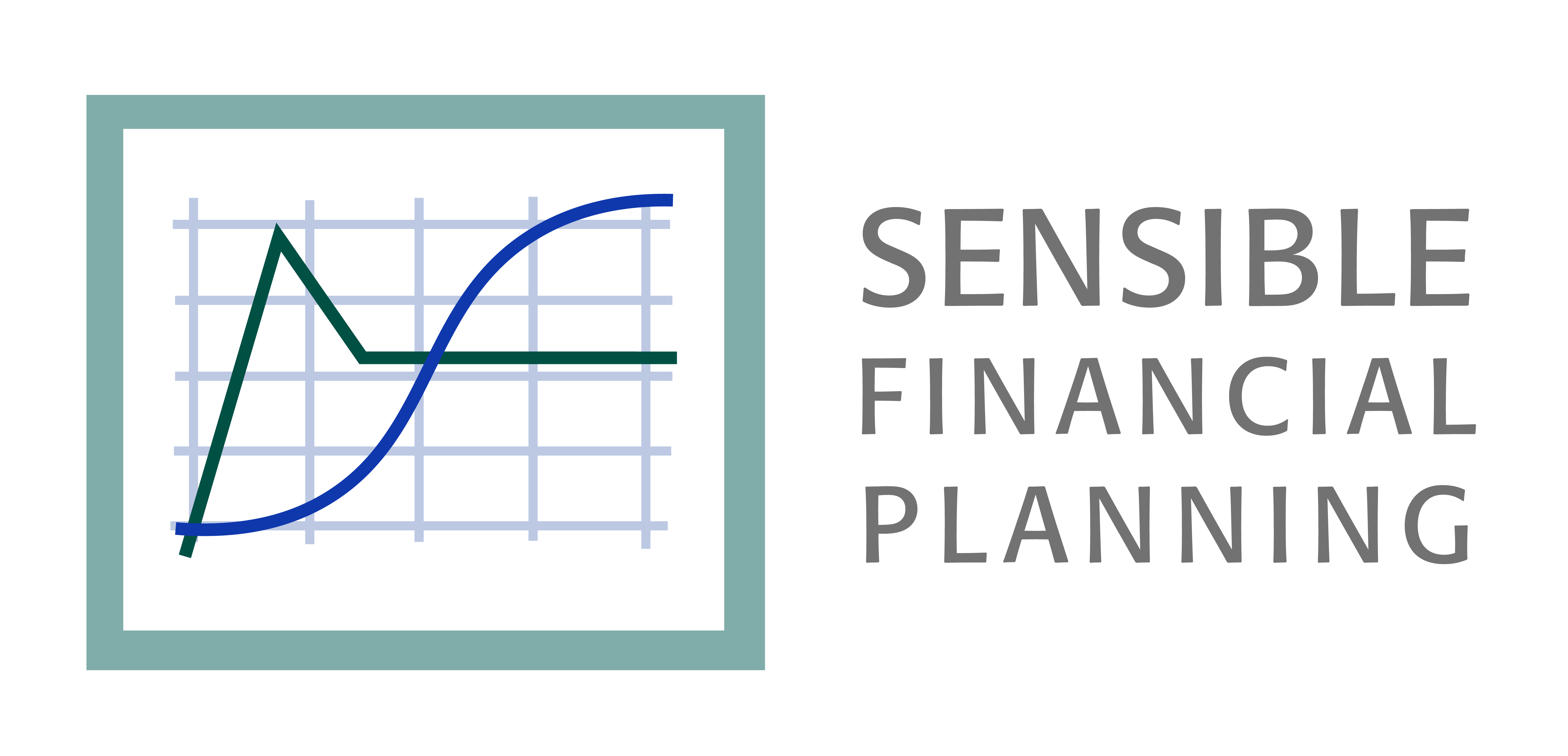- The credit markets are very complex, and contain many interest rates.
- The Federal Reserve controls only one or two interest rates.
- Many factors other than the Fed’s interest rate target influence interest rates.
- Recent history confirms that future interest rate movements would be hard to predict even if we knew the Fed’s plans.
There are many interest rates in the United States, and many more in the wider world. At any time, each specific interest rate depends on who is borrowing and for how long as well as on broader market conditions.
The most credit-worthy borrowers, the ones who are most likely to pay back their loans, pay the lowest interest rates. High-risk borrowers (think high-yield or “junk” bond borrowers) pay higher interest rates.
Interest rates for loans that last longer (have longer maturities) tend to be higher. For example, interest rates on checking accounts (demand deposits, or loans that the lender can insist be paid “right now!”) are lower than interest rates on CDs, for which the lender may have to wait 6 months, a year, or even 5 years for payment.
The credit markets determine the relationships among this panoply of interest rates. Lenders decide which loans to make based on their assessments of borrower credit-worthiness and their forecasts of the profitability of lending for longer or shorter time periods. Borrowers choose among lenders based on the terms they offer, including the interest rate.
If you’ve shopped for a loan, you’ve participated in the credit market. You probably noticed that mortgage lenders don’t all charge the same interest rate, even for loans with the same terms. The terms vary as well: 15 year fixed rate, 30 year fixed rate, 7/1 ARM, 10/1 ARM, just to name a few of the most popular.
Credit card interest rates vary, too. There is so much variation that you may want to consult a website (e.g., http://www.creditcards.com/ or http://www.nerdwallet.com/ ) to help you sort through the nearly innumerable combinations of interest rates, discounts and rewards that banks currently offer.
Strictly speaking, the Fed controls directly only one interest rate, the so-called discount rate. This is the rate that the Fed charges commercial banks when it lends money to them.
The Fed indirectly controls the Federal Funds rate, which commercial banks use when lending to one another. The target for the Federal Funds rate is the “interest rate” that the Fed just raised.
The Fed does not set this rate directly. The market determines the rate as banks borrow and lend the money they need to hold as “reserves.” Banks hold reserves to ensure that they can meet their lenders’ cash requirements (for example, to provide cash to checking account and demand deposit customers). Reserve requirements are an important element of bank regulation, ensuring that the banks remain solvent.
The Fed’s control mechanism is the “open market operation.” To raise rates, the Fed sells Treasury bonds for cash. This reduces the amount of cash in the economy, cash that’s available for banks to hold as reserves – there are fewer reserves to go around. The price of reserves (the Federal Funds rate) goes up to allocate this suddenly scarcer resource.
Now, the key question: what will happen to all of the other interest rates in the economy, the ones the Fed doesn’t control either directly or indirectly? The answer is that no one really knows.
The simple answer would seem to be that all interest rates should rise. After all, the credit markets link all interest rates together, and you might think that a rise in one rate should imply that all the others will rise in lockstep. Unfortunately for forecasters, however, the world is not so simple. The differences in interest rates (the premia) that higher-risk borrowers pay vary with economic conditions, as do the differences or premia that long-term borrowers pay.
The Wall Street Journal provides a fascinating animated historical example (unfortunately, the animation seems not to work in Internet Explorer).
- From mid-2004 to mid-2006, the Fed raised its Fed Funds target from 1% to just over 5%. Treasury yields did rise, but mortgage rates changed very little.
- From 2007 through 2008, the Fed dropped its target. Treasury yields did drop (sharp eyes will notice that short-term Treasury yields dropped very sharply when Lehman Brothers failed in mid-September, before the Fed reduced rates in early October). Again, mortgage rates moved very little during this time.
- For the last seven years, the Fed’s target has been “very low” – between 0% and .25%. Treasury yields did continue to fall, but it’s not clear that the Fed’s target has been the cause. This is also the period of Quantitative Easing (the Fed’s bond purchase program). Over this time, mortgage rates did fall significantly. However, they bottomed out in late 2012, the middle of the “very low” rate period, and have risen since, even though the Fed’s target has not changed.
The point is not that the Fed has no influence over interest rates – it clearly does. That control is very imperfect, however, and the future path of interest rates is unknowable, even if we knew the Fed’s plans.
